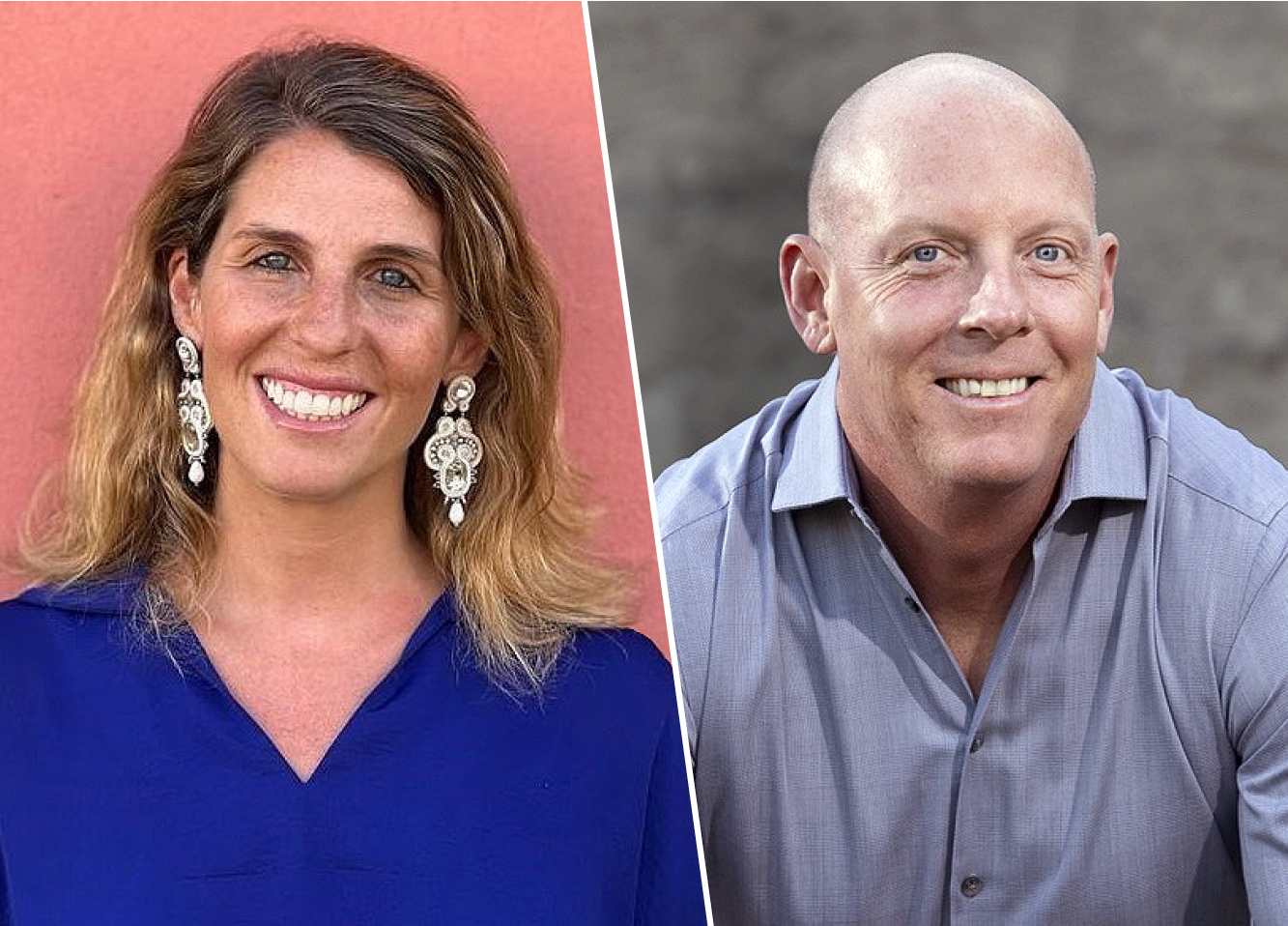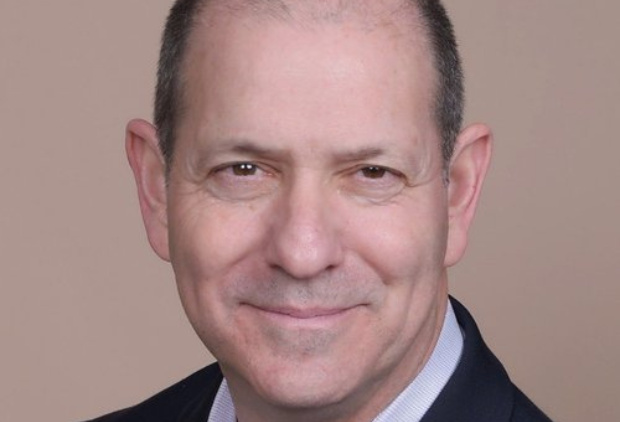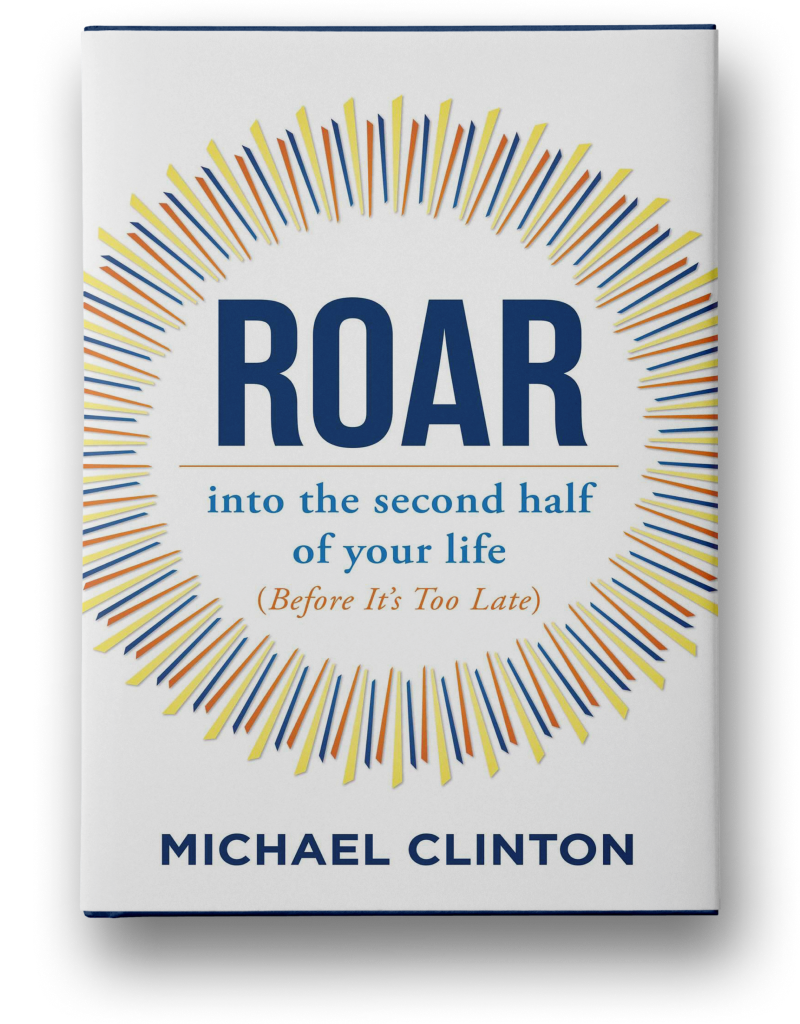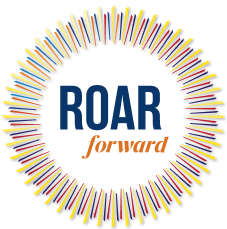
Left: Mafalda Honório, Head of Longevity Marketing at Fidelidade; Right: Kenneth Ryan, Chief Longevity Officer at The Estate.
The ROAR Forward View
Something interesting is happening in corporate C-suites. Alongside the familiar trio of CEOs, CFOs, and CTOs, a new type of leader is emerging — one whose job is to encourage and support employees and customers to live longer, healthier, more productive lives.
Meet the Chief Longevity, Health, and Wellness Executives – emerging roles that are quietly revolutionizing how companies approach lifespan, healthspan and the long-term business strategy associated with longevity.
Traditional corporate wellness programs were, for many years, essentially damage control: managing healthcare costs and reducing sick days. But today’s Chief Longevity, Health, and Well Being Executives’ roles represent something entirely different: optimizing relationships and performance across what could be a routine 100-year lifespan.
Mafalda Honório, Head of Longevity Marketing at Fidelidade, Portugal’s leading insurance company, exemplifies this evolution. Recruited in 2022, she brought fresh eyes to what the company saw as the next big business opportunity, the longevity market. With 15 years of experience in CPG marketing, research and communications at Unilever, she brought high-level skills to her new position at Fidelidade. But her breakthrough moment came when she discovered thought leaders like Andrew Scott, author of The 100-Year Life, who shifted her thinking from targeting “old people” to embracing the entire human lifespan.
Kenneth Ryan’s appointment as Chief Longevity Officer at The Estate, the ultra-luxury hospitality brand co-founded by Sam Nazarian and Tony Robbins, shows how longevity can create entirely new market categories. Bringing 27 years of experience from his time at Marriott International, where he had oversight for 650+ properties, Ryan is integrating AI-driven health assessments and biological age tracking into premium guest experiences. The Estate positioned the role as one of its first four hires, recognizing that longevity isn’t additive but, rather, core to the business model.
At an insurance concern like Fedilidade, Honório’s opportunity is clear. The company, she explains, is uniquely positioned to tackle two of the three pillars of longevity: health and wealth. While it’s true that traditional insurance buys are transactional, she points out that longevity creates opportunities for ongoing conversations and deeper relationships with customers who could be clients for decades.
In hospitality, by contrast, Ryan’s programs at The Estate target ultra-high-net-worth individuals willing to pay premium prices for services that can extend a healthy life. By positioning longevity as a luxury offering, The Estate has created market categories with significantly higher margins than traditional hospitality services.
The Longevity, Health and Wellness executive trend is gaining momentum across a range of industries and responsibilities – that focus on employees and customers. Delta Air Lines made its Chief Health Officer role permanent, while EY appointed Frank Giampietro as Chief Well-Being Officer to “uplift and empower its people.” Meanwhile, Jen Fisher, formerly of Deloitte, has become a prominent voice advocating for wellness as a strategic imperative. And in biotech, BioAro welcomed Raman Kapoor as the world’s first Chief HealthSpan Officer, focused on extending healthy lives versus simply life itself.
By 2030, every living baby boomer will have reached 65+, creating the largest aging population in U.S. history. That demographic tsunami isn’t just changing retirement planning — it’s forcing entire industries to rethink customer lifecycles, employee productivity, and market opportunities. The math is simple: If your customers and employees are going to live 20-30 years longer than the generations before them, your business models need to evolve accordingly.
Key Strategies From These Pioneers:
- Start with strategic alignment. Ensure longevity connects to broader business strategy and customer needs.
- Secure senior leadership support. Ensure the role is positioned at the senior level.
- Focus on outcomes over activities. Measure progress that people can feel, rather than only participation rates.
- Don’t treat longevity as the latest buzzword. Approach it as something that’s set to deliver measurable, meaningful results for your business — while being prepared for a long-term investment over years or even decades.
Measuring Impact
Measuring the results of longevity strategies can be, admittedly, tricky. Traditional metrics like quarterly revenue and short-term ROI are poorly suited for initiatives that might take years or decades to show impact. The solution lies in shifting from purely quantitative metrics to meaningful qualitative insights while still maintaining business discipline.
Honório initially designed comprehensive scorecards with traditional KPIs, only to realize she needed to lay extensive groundwork first. Instead of focusing on just sales metrics, she found success through consumer research that explored people’s worries and needs across all age groups.
Ryan takes a similarly long-term approach, establishing individual baselines at The Estate for guests and tracking progress across multiple dimensions. His philosophy challenges conventional thinking about aging: Most people assume they’ll inevitably get slower and worse with age, but he believes people can finish the next decade in better shape than they started.
Structuring Success
Perhaps the biggest obstacle isn’t external market conditions but, rather, organizational hurdles. After all, such roles require collaboration across many departments — HR, marketing, operations, finance — often disrupting established workflows and existing priorities.
At Fidelidade, the key to overcoming that initial hurdle was creating emotional investment in the concept. Since longevity touches everyone personally, Honório helped employees connect with the mission in ways that traditional corporate initiatives couldn’t achieve.
Ryan emphasizes that positioning is crucial. Most longevity initiatives are still housed under sustainability or marketing departments, rather than as strategic functions. But he says, companies need to place longevity leadership at the C-suite level, with real influence across business units, not silo it in some department down the chain. At The Estate, longevity isn’t a department, he stressed — rather, it’s embedded in the company’s DNA.
Chief Longevity, Health, and Wellness Executives represent more than just another senior role — they signal a fundamental shift in how corporations are approaching long-term value creation. And it demonstrates how business leaders are moving beyond transactional relationships toward lasting partnerships with both employees and customers who could end up in relationships with the company for decades to come.
This bulletin was created with Tony Case. Tony writes regularly for ROAR forward and has written about marketing, media, and the culture for Adweek (as executive editor), Digiday and Variety. He and his work are cited by New York Magazine, the New York Post, Business Insider, and others. He regularly appears on CNN, MSNBC, and ABC’s Good Morning America.




